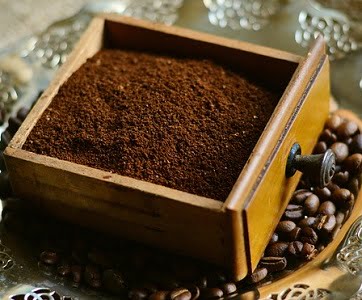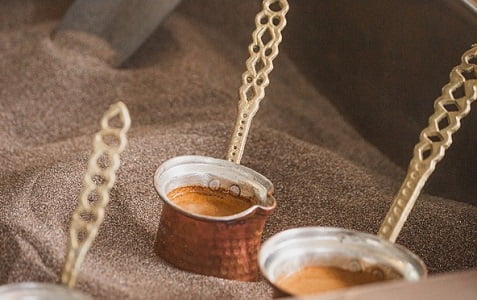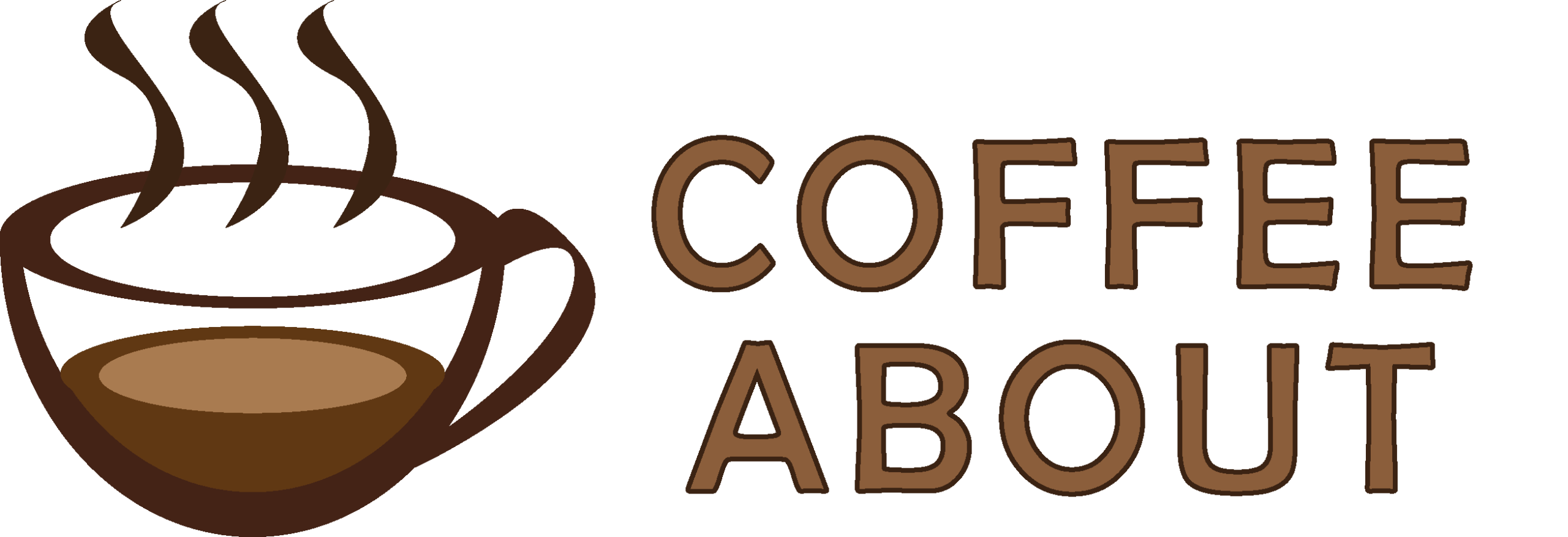Turkish coffee is a centuries-old brewing method that produces a strong and full-bodied coffee drink unlike any other. Finely ground coffee beans are simmered in a small traditional pot, known as an Ibrik, with the grounds remaining in the brew when served. This results in an intensely rich, gritty, and potent cup of coffee.
What makes Turkish coffee special is the ritual of preparing it carefully over low heat to develop an iconic dense foam cap on top. That velvety foam is the signature touch that makes sipping a proper Turkish-style coffee an exceptional treat.
And lucky for you, I’m going to walk you through how to master making authentic Turkish coffee at home, along with all the expert tips and tricks to brew up the absolute best version of this vintage coffee drink.

As an Amazon Associate, I earn commission from qualifying purchases.
What do you need to Make Turkish Coffee?
- Cold Filtered Water (60-90 mL per serving)
- Fine Coffee Ground (5-6 grams or 1 heaped tablespoon per serving)
- Ibrik or Cezve
- Granulated Sugar (Optional)
Notes on the equipment and ingredients
What Grind size should you use for Turkish Coffee?
You’ll need extra fine coffee grounds for Turkish Coffee with a powdery or flour-like consistency, much finer than what you’d use for espresso. Your regular burr grinder might not be able to grind the beans that fine, and even if it can, it could wear down the burrs pretty quickly.
So, my recommendation would be to get some pre-ground coffee beans that are specifically ground for Turkish coffee. It’ll save you the hassle and ensure you get that perfect, flour-like texture essential for a rich, authentic Turkish brew.

Read a guide on Coffee grind sizes
Why Cezve Or Ibrik is required for Turkish Coffee?
Authentic Turkish coffee is made in cezve or ibrik which is a special little pot with a long handle and a wide base. The ibrik is key because that wide base allows the extra-fine coffee grounds to heat evenly and gently. And that classic shape with a wide bottom and narrow top makes up that signature thick, velvety foam that’s such an essential part of authentic Turkish coffee.
Traditionally, ibriks are made of copper or brass, which heat up evenly and allow for excellent heat control. However, these days you can also find them made of stainless steel or aluminum, which are more affordable and practical options.
Without an ibrik, you just can’t nail that perfect Turkish coffee experience.

You can buy Ibrik from the following link. It’s completely handmade high quality ibrik with very large capacity.
What is the coffee-to-water ratio for Turkish Coffee?
For Turkish coffee, the recommended coffee-to-water ratio is 1:12, which is about 5-6 grams of very finely ground coffee for a 60 ml serving.
Traditionally, the amount is not measured precisely. You just use around one heaping tablespoon or two teaspoons of very finely ground coffee per serving.
Check out Coffee to Water Ratio Calculator
How to Make Turkish Coffee?
Here’s a simple step-by-step Recipe for Turksih Coffee
1- Mix Coffee, Water and Sweeteners
Add 2 heaping teaspoons of finely ground coffee for each serving to the ibrik. Then add 60-90 mL per serving of cold fresh water. If you want it sweetened, stir in some sugar now. You can also add a pinch of spices like cardamom if desired.

2- Gently Heat the Mixture
Place the cezve on the stove over low heat. Allow the coffee mixture to slowly heat up, but make sure it does not come to a full boil. As it heats gently, a thick brownish foam will start to form on the surface after 3-4 minutes. This foam is key for Turkish coffee. Make sure not to let it boil as it will make the taste of coffee bitter.

3- Pour and Reheat for More Foam
Once you see the nice foam head has formed, pour just the foam into your serving cup(s) using a teaspoon. Then return the cezve to the heat source for about 15-20 seconds, and then remove it for 10 seconds before returning it to the heat again. Repeat this process 3-4 times to allow a second rise and more foam development.
4- Combine and Let Settle
After getting that second little foam rise, remove the cezve from heat. Slowly pour the coffee into the cups containing the reserved foam make sure to do it very slowly so that the foam rises on the top. Let the coffee sit for about a minute to allow the grounds to sink to the bottom.

5- Serving Turkish Coffee
Traditionally, Turkish Coffee is served with a glass of water on the side. That’s so you can reset your palate between sips of the intense coffee. Most folks also like something sugary to balance it, like Turkish delights, dates, or chocolates.

Expert Tips for Turkish Coffee
Here are some expert tips for making Turkish coffee:
1- Tip for More Foam
I’ve found the key to getting that gorgeous thick foam is to not overmix the coffee grounds, water, and sugar when combining them initially. Just give it a quick stir to integrate everything, but then resist the urge to keep mixing once it’s on the heat. As it gently heats up, the coffee will mix itself and that foam will develop naturally.
2- Making Turkish Coffee with Different Sugar Preferences
When I’m making Turkish coffee for guests with different sweet preferences, I first brew it unsweetened. I’ll do the initial foam pour into all the cups and complete the unsweetened cup. Then for anyone who wants it sweet, I’ll stir some sugar into what’s left in the cezve before the final pour. That way everyone can have it just how they like.
3- Always Make on Low Heat to Avoid Bitterness
Can’t stress this enough – go low and slow with the heat. High temps will make your Turkish coffee bitter and burnt tasting. I keep my cezve on the absolute lowest heat setting and let it gradually get foamy and delicious.
4- What is the best Coffee for Turkish Coffee?
Turkish coffee is best made with medium or dark-roasted 100% Arabica beans. They provide the rich, bold flavor and foam that makes a perfect Turkish brew.
I really like the Turkish brand Kurukahveci Mehmet Efendi. Its well calibrated grind size ensures optimal extraction, resulting in a smooth drink with the perfect thick consistency. The taste is bold and intense, with a complex flavor profile that captures the true essence of traditional Turkish coffee.
Read a Guide on 14 Coffee Brewing Methods
Variations of Turkish Coffee
Here are three common variations of traditional Turkish coffee:
1. Sweetened or Unsweetened:
Turkish Coffee has different names based on how much sugar is added
- Sade (without sugar)
- Az seker (lightly sweet with around 1/2 tsp sugar)
- orta (medium sweet with 1-1.5 tsp sugar)
- Sekerli (very sweet with 2 tsp sugar)
2. Turkish Coffee With Spices:
While plain Turkish coffee is delicious on its own, many enjoy adding warm spices like cardamom or cinnamon. A little dash of ground cardamom or a couple of whole green cardamom pods can infuse the brew with a lovely aroma and flavor. In some regions, they also add mastic resin or top with ground almonds or walnuts.
3. Turkish Sand Coffee:
Turkish sand coffee is another traditional method of preparing coffee in Middle Eastern Countries.
In this method, Instead of heating the coffee pot directly over a flame, the pot rests in a tray of heated sand which distributes the temperatures very slowly and evenly.
This unique method produces a brew with an intense, smoky taste without any bitterness. While labor-intensive, this ancient sand brewing process produces a remarkably full-bodied, flavorful Turkish-style coffee.

The History of Turkish Coffee
Turkish coffee has a rich cultural heritage dating back to the 16th century Ottoman Empire. It was first introduced to Istanbul in the 1500s when Syrian traders brought the coffee beverage.
By the mid-1600s, it had become an integral part of the Ottoman royal court’s ceremonies. The popularity soon spread among the nobility and then to the common public, leading to the emergence of coffeehouses as vibrant social hubs across the Empire. These coffeehouses played a vital role in preserving oral traditions of storytelling and folk culture.
The Methodical Turkish brewing method, which produces a distinctive frothy foam, became ingrained in Ottoman customs like marriage ceremonies.
The tradition of Turkish coffee also spread far beyond the Ottoman Empire’s borders. Many other Mediterranean and Balkan nations like Greece, Lebanon, Israel, Morocco, and the former Yugoslavia countries enjoy Turkish-style coffee with little regional variations, like adding spices like cardamom or cinnamon.
Read about the general history of Coffee Makers
How to Make Turkish Coffee without Ibrik in a Saucepan
You can make Turkish Coffee in a Saucepan or pot without an Ibrik but you’ll miss out on that signature foam that makes Turkish Coffee special.
Just grab a saucepan or a pot – small and deep pots will be a better choice as they can mimic traditional ibrik, avoid using too large pots.
Add your super finely ground coffee, sugar if you want it sweet, and water to make 2-3 servings at least. When using a saucepan, you’ll need to add more water since the water evaporates more quickly.
Put it on low heat and let it slowly come up to a gentle simmer, watching closely so it doesn’t boil over. Once you see little bubbles appearing and get that gorgeous foam forming, take it off the heat and spoon some of that foamy goodness into your cup. After that give it a quick heat for 2-3 times more. Then pour the coffee into the cup over that foam very slowly.
Check out Guides on Other Coffee Drinks
- How to use a Coffee Percolator
- How to Make Cuban Coffee
- How to Make Irish Coffee
- How to make Cold Brew Coffee
- How to make Vietnamese Coffee
- How to make Traditional Greek Coffee
- How to Make Mexican Coffee
FAQs
Can you add Milk to Turkish Coffee?
No, traditionally Turkish coffee is not made with any milk or creamers. It’s meant to be a thick, strong black coffee drink. However, some people do enjoy brewing Turkish coffee with milk instead of water for a richer, creamier version.
Is Turkish Coffee Stronger than Espresso?
Yes, Turkish coffee is generally considered stronger than espresso. While espresso is very concentrated, Turkish coffee is brewed by simmering the finely ground coffee with the grounds remaining in the cup, resulting in an intensely rich and full-bodied flavor that can give an even stronger taste.
How much Caffeine is in Turkish Coffee?
Turkish coffee packs a serious caffeine punch. A typical 2 oz serving contains around 70-80 mg of caffeine.
Turkish Coffee Recipe
Equipment
- Cezve or Ibrik
- Heating Stove
Ingredients
- 150-180 mL Cold Filtered Water
- 2 tbsp Coffee Grounds
- Sugar (Optional)
Instructions
- Add 2 heaping tablespoons of finely ground coffee to the ibrik. Then add 150-180 mL of cold fresh water. If you want it sweetened, stir in some sugar now. You can also add a pinch of spices like cardamom if desired.
- Place the cezve on the stove over low heat. Allow the coffee mixture to slowly heat up, but make sure it does not come to a full boil. As it heats gently, a thick brownish foam will start to form on the surface after 3-4 minutes.
- Once you see the nice foam head has formed, pour just the foam into your serving cup(s) using a teaspoon. Then return the cezve to the heat source for about 15-20 seconds, and then remove it for 10 seconds before returning it to the heat again. Repeat this process 3-4 times to allow a second rise and more foam development.
- After getting that second little foam rise, remove the cezve from heat. Slowly pour the coffee into the cups containing the reserved foam make sure to do it very slowly so that the foam rises on the top. Let the coffee sit for about a minute to allow the grounds to sink to the bottom.




Interesting read! Love how they serve it with dates and chocolates. Classy touch. But seriously, no filtering? Isn’t it super gritty at the bottom?
I’m glad you found it interesting! Real Turkish coffee doesn’t need filtering—its gritty texture is part of the experience. Give it a try, you will surely enjoy the unique taste!
Fantastic article! Is there a specific type of coffee bean you recommend for the best Turkish coffee?
Go for super fine coffee grounds, A Medium Roast would be best!
Never knew about the foam being so important. Kinda like latte art, I guess? Wonder how long it takes to master that technique.
Yeah, Mastering the foam do require some practice!
This Turkish coffee stuff sounds wild! No milk allowed, huh? Wonder how it’d taste with some cardamom. Might spice things up a bit. Have you tried that before?
Yes, It tastes quite nice without any milk. Haven’t tried it with cardamom. Maybe you should try it and let us know
Looking forward to trying this tonight. I am curious about one thing, and I will experiment with just a little bit of sweetened condensed milk instead of sugar. Thoughts?
Sweetened condensed milk isn’t traditional in Turkish coffee, I can see why you’d want to try it. It could add a nice creamy sweetness.
Definitely experiment and let us know how it turns out!
Thanks for breaking down the process so clearly! I’ve always been intimidated by Turkish coffee but might finally try it. How fine should the grind really be compared to espresso?
You’re welcome! Yes, the Turkish coffee grind is actually finer than espresso – much like a powder. When you rub it between your fingers, you should barely feel any granules at all.